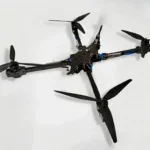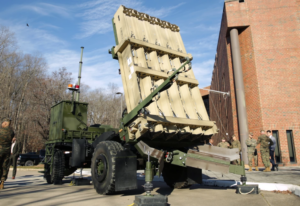
A presidential advisory agency has established an interagency partnership at the direction of Congress to share information about supply chain security risks in the communications equipment and services industries to help thwart potential threats to national security. The Communications Supply Chain Risk Information Partnership (C-SCRIP) “is aimed primarily at trusted small and rural communications providers and equipment suppliers, with the goal of improving their access to risk information about key elements in their supply chain,” the National Telecommunications and Information…

 By
By 











